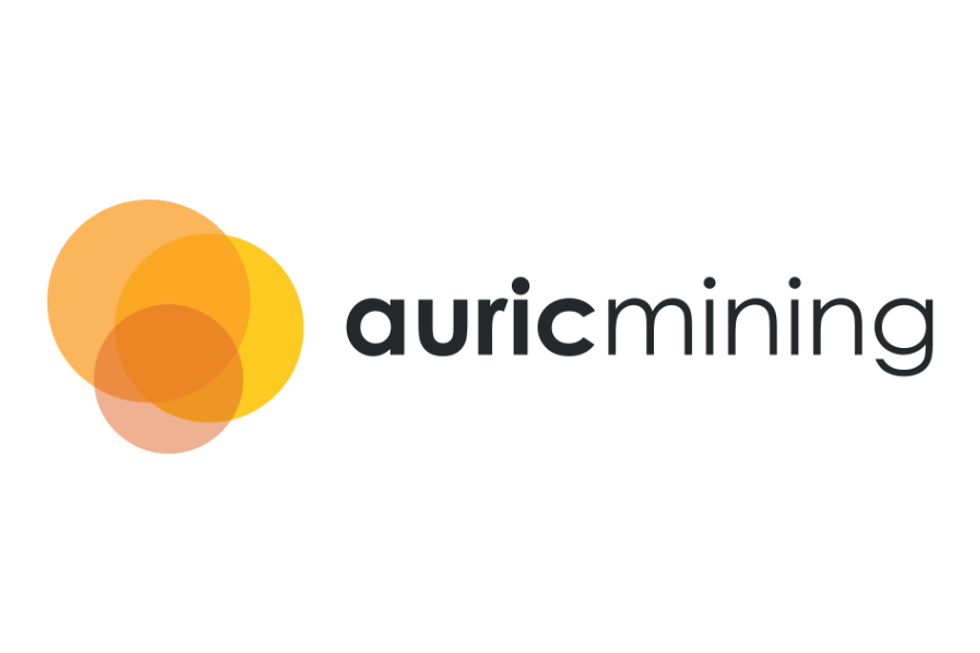- AustraliaNorth AmericaWorld
Investing News NetworkYour trusted source for investing success
- Lithium Outlook
- Oil and Gas Outlook
- Gold Outlook Report
- Uranium Outlook
- Rare Earths Outlook
- All Outlook Reports
- Top Generative AI Stocks
- Top EV Stocks
- Biggest AI Companies
- Biggest Blockchain Stocks
- Biggest Cryptocurrency-mining Stocks
- Biggest Cybersecurity Companies
- Biggest Robotics Companies
- Biggest Social Media Companies
- Biggest Technology ETFs
- Artificial Intellgience ETFs
- Robotics ETFs
- Canadian Cryptocurrency ETFs
- Artificial Intelligence Outlook
- EV Outlook
- Cleantech Outlook
- Crypto Outlook
- Tech Outlook
- All Market Outlook Reports
- Cannabis Weekly Round-Up
- Top Alzheimer's Treatment Stocks
- Top Biotech Stocks
- Top Plant-based Food Stocks
- Biggest Cannabis Stocks
- Biggest Pharma Stocks
- Longevity Stocks to Watch
- Psychedelics Stocks to Watch
- Top Cobalt Stocks
- Small Biotech ETFs to Watch
- Top Life Science ETFs
- Biggest Pharmaceutical ETFs
- Life Science Outlook
- Biotech Outlook
- Cannabis Outlook
- Pharma Outlook
- Psychedelics Outlook
- All Market Outlook Reports
The Commodity Investor: Avoid Major Iron Ore Companies in 2013
The Commodity Investor explains why staying away from major iron ore companies — like Rio Tinto, BHP Billiton and Vale — is a good bet.
Iron ore has been one of the most volatile commodities over the last 24 months. Just a couple of years ago, iron ore prices were approaching the $200/ton mark — specifically, iron ore spot was at $191/ton in February 2011. Then, just a few months ago, in September 2012, spot prices were down more than 50 percent from their February 2011 high, trading at $87/ton.
Iron ore began the year on a fairly positive note after rebounding from September lows to settle at $145/ton in early January. Just a few weeks ago, many analysts became even more bullish, proclaiming that iron ore prices were on their way back to the $200/ton price level. However, prices have remained in the $145/ton range over the last several weeks and seem to be stuck in a downward trend.
In this week’s instalment, the Commodity Investor examines some of the forces behind iron ore’s price volatility and determines the best way to get exposure to the metal using strong risk mitigation tools.
Weakening Chinese demand
Iron ore is a truly global market, with all the complexities and intricacies that come with that designation. By far the biggest importer of iron ore globally is China, so all eyes are on Chinese iron ore consumption figures. China’s industrialization and urbanization phases are a key driver in the iron ore market. While mature cities such as Beijing and Shanghai are still major consumers of iron ore, it is secondary cities such as Shenzhen that are mainly responsible for Chinese iron ore demand.
It’s safe to say that in China, the majority of iron ore is used by the construction industry for constructing buildings, warehouses and other major urban infrastructure developments. Over the last decade, China has embarked on an aggressive urbanization program that has caused mainland demand for the metal to skyrocket; that has helped catapult prices from double digits a few years ago to $200/ton recently.
However, when the global economy was hit by the financial crisis in 2008 and subsequently entered a recession, Chinese demand for metals in general and iron ore in particular began to dampen. As prices dropped, Chinese steel mills and other consumers began to purchase the metal in bulk, thus fully stocking up on their inventories. As of right now, Chinese steel mills are sitting on large inventories of iron ore and are unlikely to become aggressive buyers over the next 12 months since they’re fully stocked up on the metal.
As a result, The Commodity Investor doesn’t believe that the Chinese construction industry is going to be a major buyer of iron ore in 2013. That means one of the main drivers of iron ore demand will not be present this year, which is a very bearish sign for iron ore prices.
A global supply glut
Another important factor is the supply side, particularly Australia and Brazil, two of the world’s powerhouse iron ore producers. As a result of high iron ore prices during the last several years, the world’s major iron producers have embarked on aggressive and ambitious expansion plans in order to increase their production capacity. Specifically, the world’s three top iron ore producers, BHP Billiton (NYSE:BHP,ASX:BHP,LSE:BLT), Rio Tinto (NYSE:RIO,ASX:RIO,LSE:RIO) and Vale (NYSE:VALE), have spent billions of dollars expanding their capacity.
These capital-intensive plans have included both expansions of existing mines as well as acquisitions of new mining assets in countries such as Equatorial Guinea in Africa. In addition, the companies have embarked on heavy infrastructure development, such as port expansions, for midstream assets. It is the market opinion of the Commodity Investor that these investments will take a very long time to pay off, especially in an environment where Chinese steel mill demand (a key driver of iron ore prices) is falling and where capacity expansion means a lot of supply is coming into the market from the Big Three.
The market dynamic is such that the Chinese government has officially accused the Big Three of colluding and keeping supply off the market in an attempt to support prices. The mining companies have vehemently denied such market manipulation, but these accusations show the current mismatch in the market as well as just how much is at stake.
What’s an investor to do
The Commodity Investor recommends avoiding iron ore stocks such as BHP, Vale and Rio Tinto. The companies have embarked on heavy infrastructure and capex programs that will not pay off for a very long time, they have increased supply in ways that are detrimental to their business and they’re seeing a huge drop in their traditional sources of demand (such as Chinese steel mills). Already, the three stocks are down anywhere from 5 to 12 percent so far this year — and don’t be surprised if there’s more weakness during 2013.
While the iron ore majors are a tricky investment this year, junior iron ore companies can provide some good value for long-term oriented investors. Junior iron ore companies are more nimble than their more mature competitors and are therefore likely to get product to market more efficiently.
Investors who are looking at this space should consider Oceanic Iron Ore (TSVX:FEO). Oceanic is developing one of the lowest cost iron ore mines in North America, the Ungava Bay development located in the state of Quebec in Canada. The company is an advanced stages and may enter into production mode soon. While the stock has seem some weakness as a result of the iron ore market, it could provide some serious upside for investors in the future. Another company to keep on the radar is Century Iron Mines (TSX:FER), which is developing iron ore assets in Canada. Specifically the company is exploiting the Duncan Lake iron ore property where there is indication of large deposits of 26 percent iron.
While the junior end of the market is often overlooked by institutional investors, it can provide you with some very interesting investment opportunities.
Securities Disclosure: I, Amine Bouchentouf, hold no positions in the stocks mentioned.
Columnist Amine Bouchentouf is a partner at Parador Capital LLC, an institutional advisory firm focused on commodities and emerging markets. He is the author of the bestselling Commodities For Dummies, published by Wiley. Amine is also the founder of Commodities Investors LLC, an advisory firm dedicated to providing insightful information on all things commodities.
Outlook Reports
Browse Companies
MARKETS
COMMODITIES
| Commodities | |||
|---|---|---|---|
| Gold | 2383.80 | +3.88 | |
| Silver | 28.25 | +0.01 | |
| Copper | 4.45 | -0.01 | |
| Oil | 84.53 | +1.80 | |
| Heating Oil | 2.59 | +0.05 | |
| Natural Gas | 1.77 | +0.01 | |
Investing News Network websites or approved third-party tools use cookies. Please refer to the cookie policy for collected data, privacy and GDPR compliance. By continuing to browse the site, you agree to our use of cookies.






